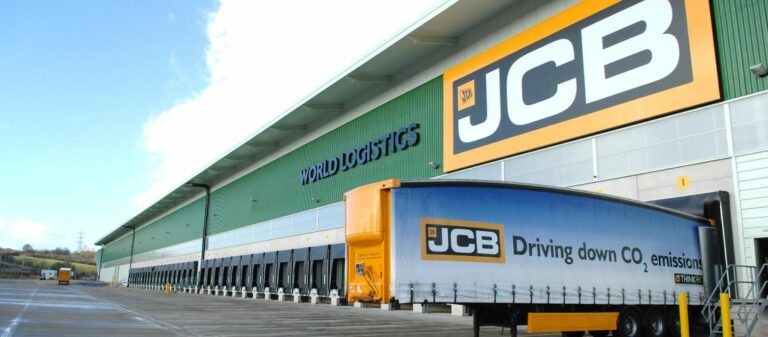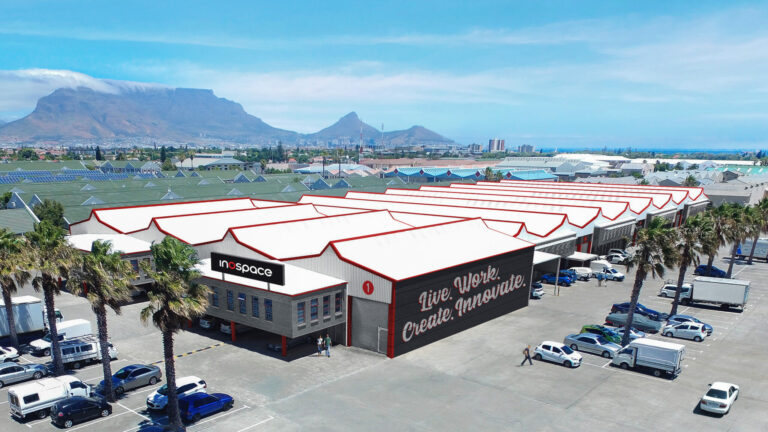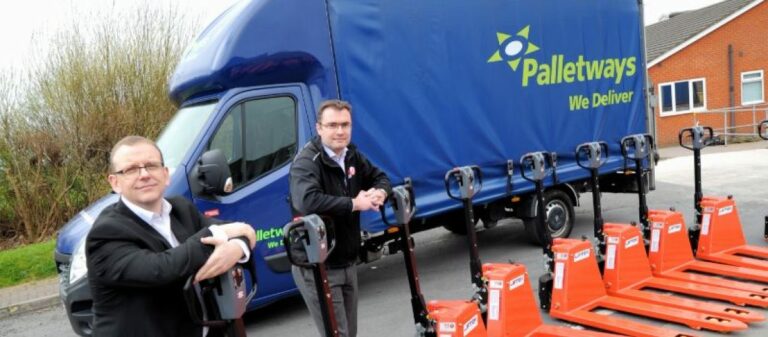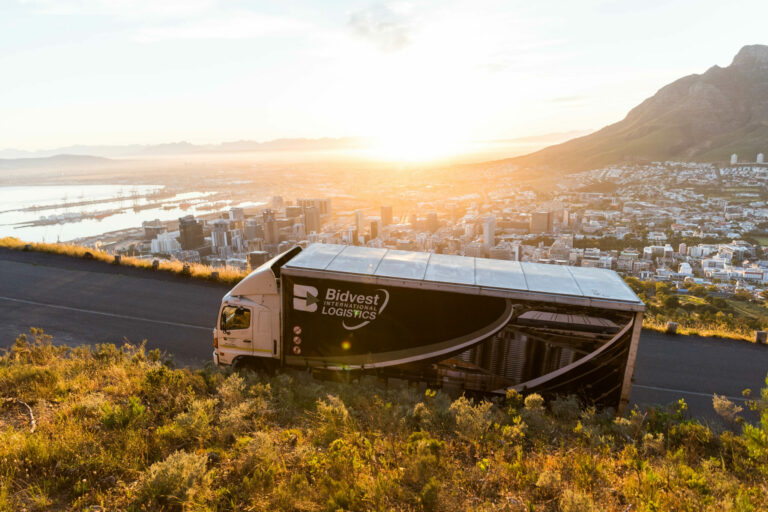24 October, Johannesburg – Inospace, South Africa’s leading owner and operator of serviced logistics parks, is casting off its industrial overalls and leaping into the new tech space with its own technology platform, Inocircle.
“The Inocircle online platform aims to resolve business pain points and add material value to small and medium enterprises (SMEs),” says Jodi Sher, chief marketing & product officer at Inospace.
Already the biggest owner of serviced logistics parks in South Africa, Inospace is positioning itself to be a proptech provider with a war chest aimed at finding solutions to its customer’s logistics pain points.
Months after the announcement of its R1,25 billion deal with Fortress REIT, Sher said the company was aiming to set the gold standard of African CRE management with the adoption of technology and a laser focus on what its customers need.
“Inospace’s tenants are not being kept up at night by what they pay in rent. For every Rand our clients spend on rent, they spend R5 on electricity and R10 on transportation, so our focus has been on creating technology solutions around those areas,” explained Sher.
While it pioneered the development of service logistics parks, Inospace made a quiet entry to the proptech space in 2020, creating its own property management system which initially focused on innovative concepts to manage a large multi-let real estate platform that has short leases and offers flexible terms.
These proptech systems align with Inospace’s increased focus on streamlined efficiencies, cost-reduction and improved decision-making. And now, having grown to 50 logistics parks, the business has the ability to scale up its technology offerings through Inocircle.
The Development of Inocircle
The Inocircle propriety technology platform took time to develop, but now serves as a space-as-a-service by offering useful business tools that go way beyond cost savings and efficiencies.
“We don’t want to be a fast follower, and one of the things we’ve spent a lot of time on is looking for inspiration outside our industry, and then translating it for real estate —making us a first mover in our industry,” says Sher.
Online retail has transformed consumer expectations on service levels and put immense pressure on the logistics sector to figure out how to change the supply chain to meet those expectations. As a warehouse owner and manager, Inospace has been able to leverage its position by looking at problems from its customer’s viewpoint.
“When you take a step back and think about it, there’s no other business in the world where you spend three months negotiating a contract with someone and then ignore them for the next five years – that’s a real constraint on our industry. Which is why, if we can add value using new ways to leverage technology, we are going to change the industry,” says Sher.
“It’s a self-imposed constraint that many property owners put on themselves. As a traditional landlord it’s great having a passive income, but tenants want more than just space these days, and it starts with how we create customer centricity and change the relationship using technology.”
The Inocircle offering
The value of a property is no longer defined solely by the space and its location, but by the blend of technology-enabled service and a superior tenant experience. The Inocircle technology platform is a realisation of that, delivering solutions to some of the most critical challenges facing property managers and tenants.
Today’s property managers are tasked with everything from community relations to rental collections and vendor management. Inocircle helps in this regard, offering property rental tools which manages deals, properties, and lease expirations. It also offers real estate analytics and data which make it possible to assess future risks and opportunities.
On the consumer end, Inocircle incorporates facility management, and offers customised customer-support services. A subscription service will help tenants manage their supply and procurement demands, and access industrial and logistics-related goods and services offered by various vendors at preferential rates.
In addition, clients will create business profiles on Inocircle, allowing them to request maintenance support, and manage their accounts with real-time access to a business directory.
Launch partnerships
For its launch, Inocircle is partnering with vendors including MiWay Insurance and 2Ship, a fully integrated client facing transport management system. Through MiWay, Inocircle will provide new and existing clients with discounted non-life insurance and a range of business insurance products.
The partnership with 2Ship will offer tenants access to an integrated online transport platform. This will allow them to find the most affordable and fastest courier and delivery solutions for any shipment. The logistics service also provides a seamless integration layer between all the major e-commerce stores and most South African local and international courier companies.
“Inocircle users will be able to track deliveries, receive e-mail updates and pay using an e-wallet, without having to open accounts with various courier companies,” says Sher.
Additionally, through exclusive offers, Inocircle will give its clients access to various support services, ideal for SMEs, including an IT help desk, tender notifications, marketing services, and legal and labour advice.
“By streamlining how we work with our clients through this platform, we are improving efficiencies for our clients and enabling them to focus on the operations and growth of their businesses.” says Sher.










